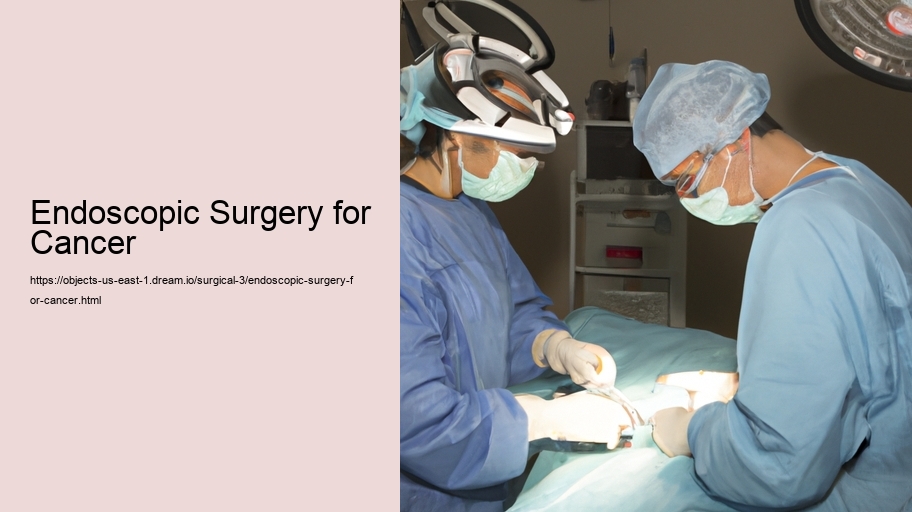Endoscopic surgery for cancer represents a significant advancement in the field of oncological treatment, offering a less invasive alternative to traditional open surgery. This innovative approach has revolutionized the way surgeons address various types of cancer, enhancing recovery times and reducing the physical trauma often associated with cancer surgery.
The term "endoscopy" comes from the Greek words "endon," meaning within, and "skopein," meaning to look. As such, endoscopic surgery involves the use of specialized tools and cameras to look inside the body and perform surgical interventions. The key instrument is the endoscope, a flexible tube equipped with a light and camera that allows surgeons to visualize the internal organs and structures on a high-definition monitor. By inserting the endoscope and specialized instruments through small incisions or natural body openings, surgeons can diagnose, stage, and treat cancers with increased precision and control.
One of the most significant benefits of endoscopic surgery for cancer is the minimally invasive nature of the procedure. Traditional open surgeries require large incisions, which lead to longer hospital stays, increased pain, and higher risk of complications. Endoscopic surgery, on the other hand, typically involves smaller incisions, resulting in less pain, quicker recovery, and lower risk of infection. Patients can often return to their normal activities much sooner than they would following open surgery.
Another advantage of endoscopic surgery is the enhanced visualization it provides. The high-definition cameras and magnification allow surgeons to see the surgical field more clearly. This level of detail is crucial when working around sensitive structures and can lead to more precise removal of cancerous tissues while preserving healthy ones. It also aids in the accurate staging of cancer, which is critical for developing an effective treatment plan.
Endoscopic surgery can be used for a variety of cancers. For instance, in the case of colorectal cancer, endoscopic techniques such as colonoscopy can remove polyps and even early-stage tumors without the need for a full colon resection. In esophageal cancer, endoscopic procedures can remove abnormal cells before they develop into full-blown cancer. Similarly, for stomach and lung cancers, endoscopic surgery allows for the removal of tumors without large incisions, thereby preserving as much organ function as possible.
Furthermore, endoscopic surgery often incorporates robotic technology, which provides surgeons with unparalleled precision and dexterity. Robotic endoscopic systems give surgeons a three-dimensional view and allow for more refined movements than the human hand can achieve alone. This combination of human skill and technological innovation opens up new possibilities for cancer treatment and has been shown to improve outcomes for many patients.
Despite its many benefits, endoscopic surgery for cancer is not without its challenges and limitations. It requires highly specialized training and expertise, and not all hospitals and cancer centers may have access to the necessary equipment and trained personnel. Additionally, not all types of cancer or stages of disease are suitable for endoscopic intervention. The decision to use endoscopic surgery is made on a case-by-case basis, considering the patient's overall health, the type and stage of cancer, and the potential risks and benefits of the procedure.
In conclusion, endoscopic surgery for cancer is a transformative approach that combines the advantages of minimally invasive surgery with advanced imaging and precision. It offers patients a safer, quicker, and often more effective treatment option compared to traditional methods. As technology continues to evolve and more healthcare professionals are trained in these techniques, the role of endoscopic surgery is poised to expand, promising a brighter future for cancer patients worldwide.
